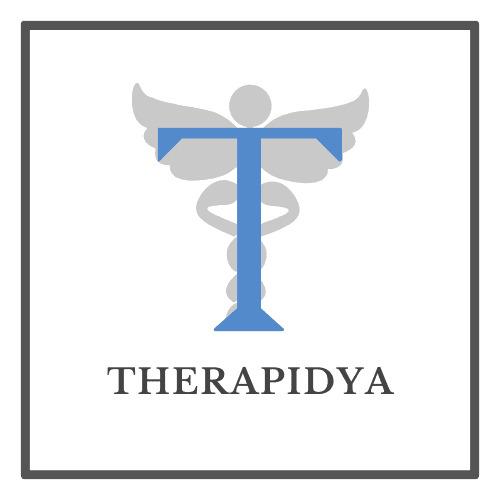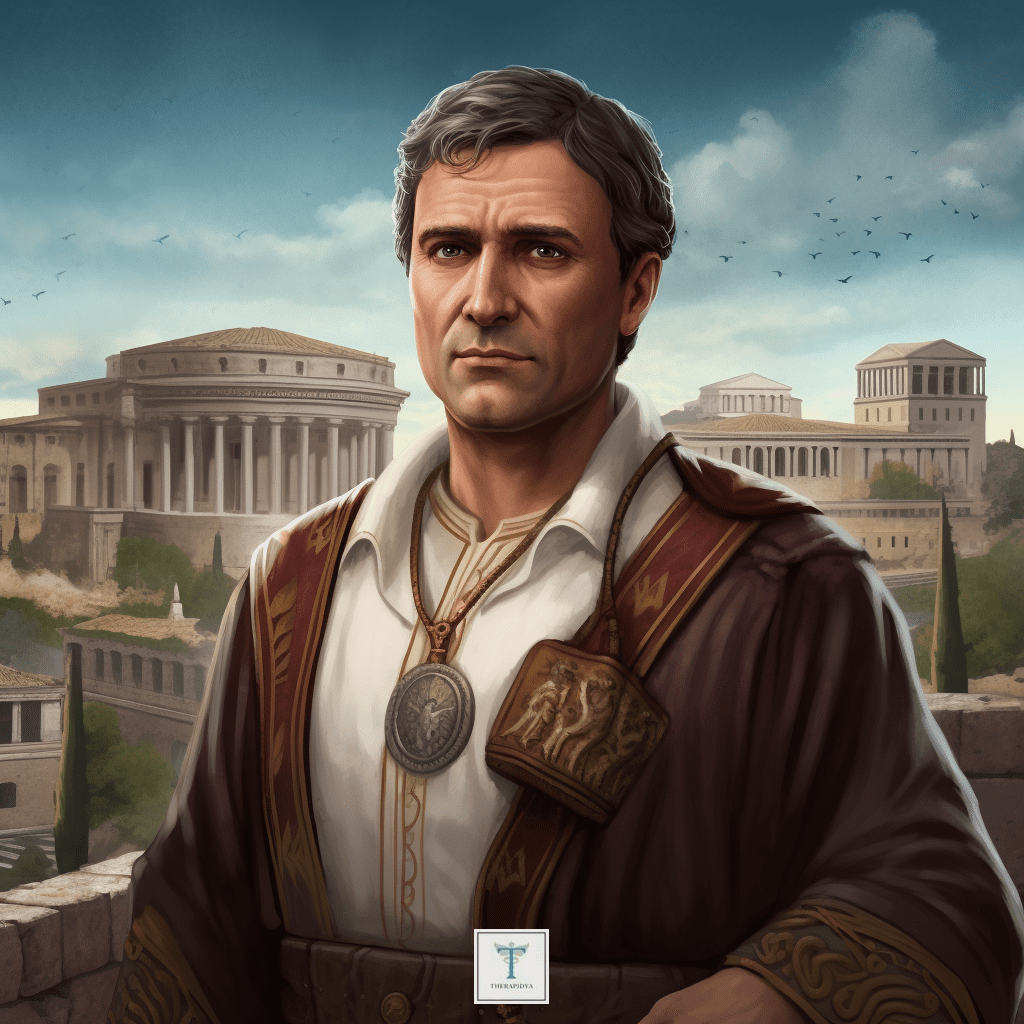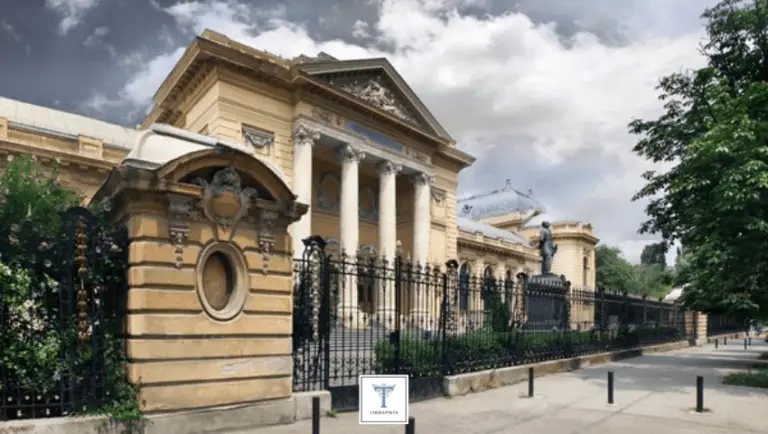A Day In The Life Of An Ancient Roman Doctor: A Journey Through Time
Dive into the world of an ancient Roman doctor as we explore their daily routines, challenges, and accomplishments. Discover what a typical day looked like for these medical professionals in ancient Rome.
In the bustling heart of the Roman Empire, a unique class of professionals served their communities by providing medical care and expertise. These ancient Roman doctors, also known as “medici,” played a crucial role in the lives of their fellow citizens. Today, we’ll journey back in time to explore a day in the life of an ancient Roman doctor, shedding light on their duties, accomplishments, and the tools they used to heal their patients.
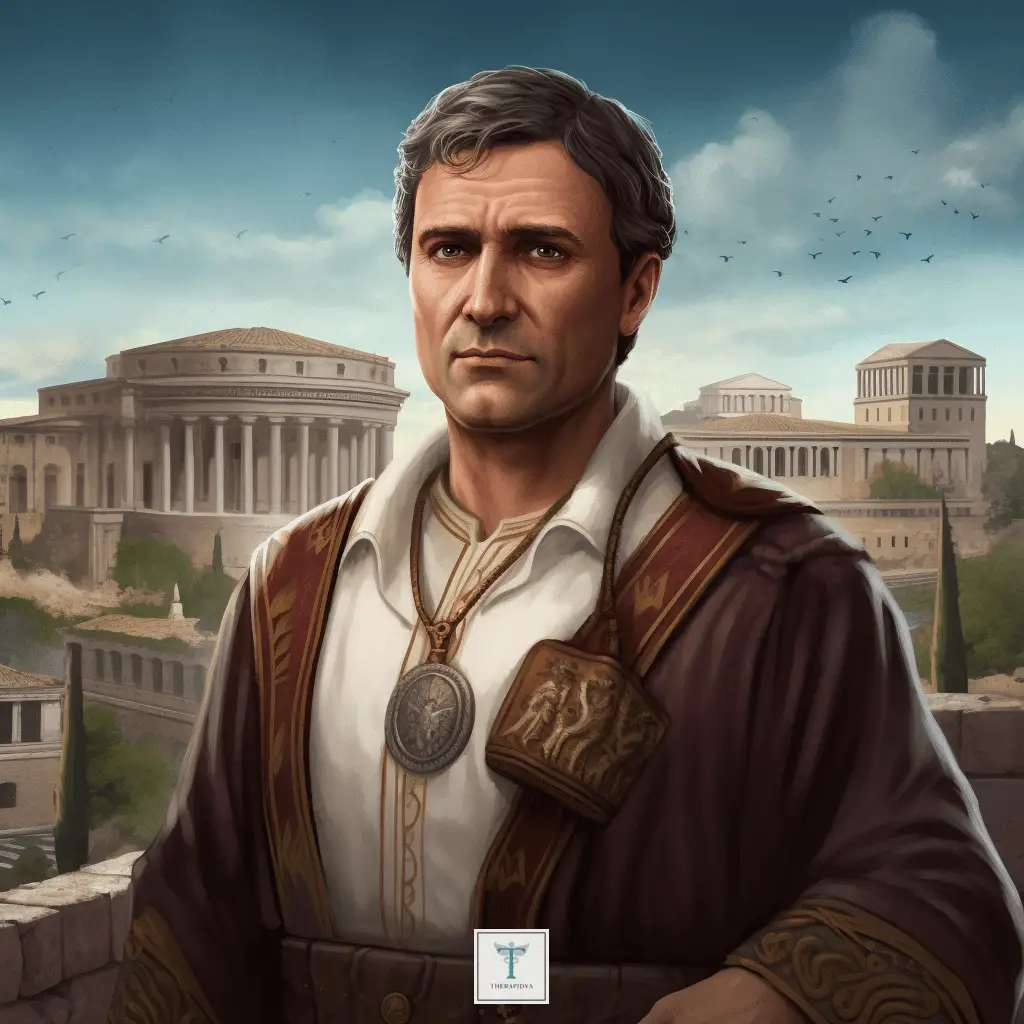
The Dawn of a New Day: Morning Routine
Early Morning Routines
- Rising with the sun: Roman doctors typically began their day early, waking up with the first light of dawn. This early start allowed them to make the most of daylight hours and attend to their patients’ needs.
- Morning ablutions: Like most ancient Romans, doctors began their day by washing their face and hands, using a mixture of olive oil and water. This simple act of cleanliness was an important part of their daily routine.
- Breakfast on the go: A day in the life of an ancient Roman doctor often started with a quick breakfast. They typically consumed simple fare like bread, cheese, and olives to fuel their busy day ahead.
- Early morning routines for Roman doctors may have varied depending on their social status, location and specialization. However, some possible activities they could have done are:
- Praying to Asclepius, the god of healing, and making offerings at his temple or altar.
Roman doctors were influenced by Greek medicine and often followed the theory of the four humors. They also had a good knowledge of anatomy, surgery and pharmacology. They were respected and well-paid professionals in Roman society
Making House Calls: Patient Visits and Consultations
The Art of Diagnostics
Roman doctors were well-versed in various diagnostic techniques. A day in the life of an ancient Roman doctor often involved:
- Observing patients: By examining a patient’s complexion, breathing, and posture, a Roman doctor could gather vital clues about their health.
- Listening to complaints: Doctors would carefully listen to their patients’ concerns and symptoms, taking note of any patterns or trends.
- Pulse examination: Roman doctors were skilled at assessing a patient’s pulse to help diagnose illnesses and gauge overall health.
- Performing surgeries, such as amputations, cataract removals, wound stitching and cauterizations.
On the Road: House Calls and Emergency Visits
A day in the life of an ancient Roman doctor would not be complete without making house calls. These visits were essential for:
- Treating patients who were too ill or weak to visit the doctor’s office
- Administering emergency care in critical situations
- Offering personal consultations for wealthy or high-ranking citizens
Afternoon Delights: The Roman Doctor’s Office
The Tools of the Trade
Roman doctors used a variety of tools and instruments for different purposes. Some of the most common ones were:
- Scalpels: These were sharp knives used for cutting and incising tissues. They were made of bronze, iron or steel.
- Forceps: These were pincers used for grasping and extracting objects, such as foreign bodies, bones or teeth.
- Catheters: These were tubes used for draining fluids from the body, such as urine or blood. They were made of bronze or silver.
- Hooks: These were curved or angled instruments used for lifting or retracting tissues, such as skin, muscles or organs.
- Probes: These were thin rods used for exploring wounds, cavities or ducts. They were often tipped with a sponge or a ball of wool.
- Specula: These were devices used for dilating and examining body openings, such as the vagina, anus or ear. They had valves that could be opened and closed by a screw mechanism.
- Saw: This was a serrated blade used for cutting bones or amputating limbs.
- Needle: This was a pointed instrument used for suturing wounds or injecting fluids. It was often attached to a thread made of animal gut.
Roman doctors also used other tools, such as mixing spoons, mortars, pestles, measuring cups and scales for preparing and dispensing medicines. They also used various herbs, ointments, bandages and splints for treating various ailments.
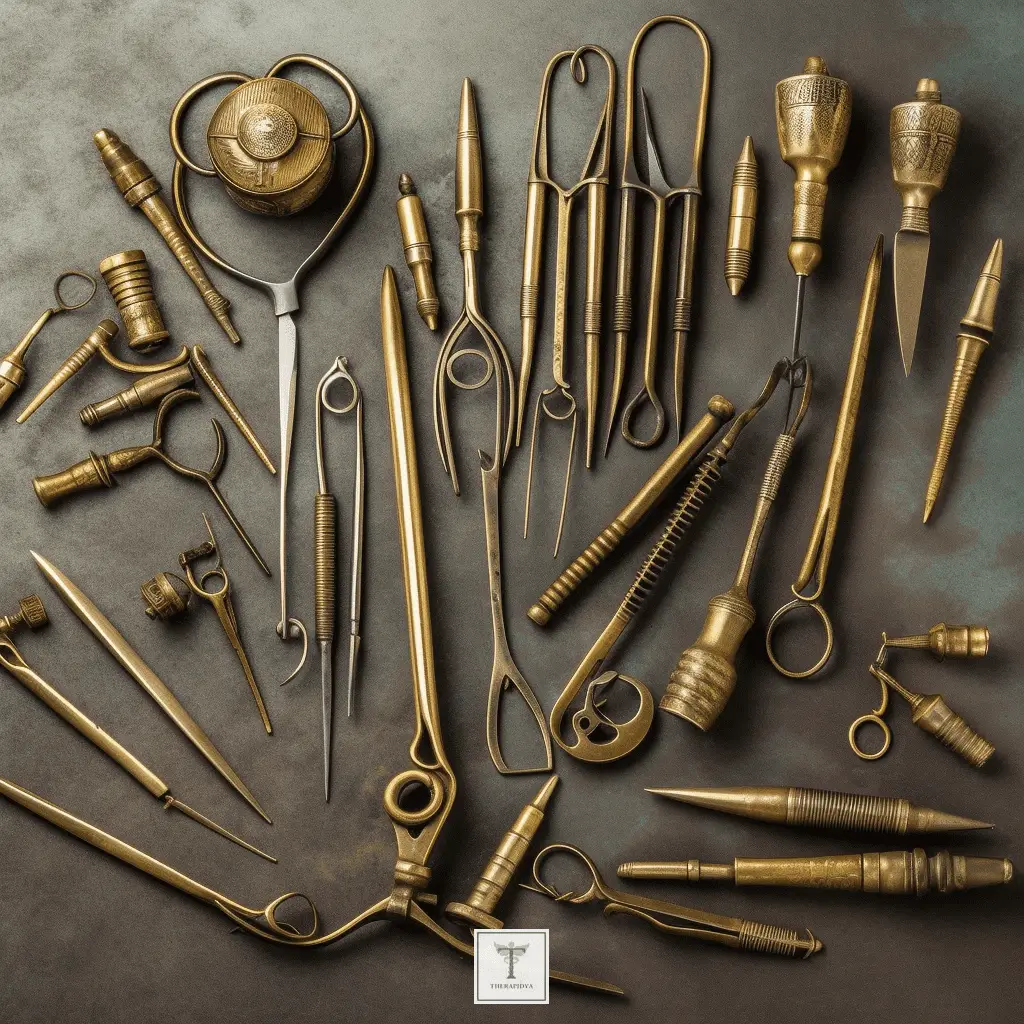
The Power of Nature: Herbal Remedies
A day in the life of an ancient Roman doctor also involved a deep understanding of herbal remedies. Some popular natural treatments included:
- Willow bark for pain relief
- Mint for digestive issues
- Chamomile for relaxation and sleep
- Garlic for immune support
Evening Hours: Time for Rest and Relaxation
Unwinding after a Long Day
After a busy day treating patients, ancient Roman doctors would indulge in some much-needed relaxation. This often involved:
- Enjoying a hearty meal: Roman doctors would partake in a satisfying evening meal, featuring staple foods like meat, vegetables, and wine.
- Socializing with friends: Ancient Roman doctors were well-respected members of society, so they would often socialize with fellow citizens during their downtime.
- Participating in leisure activities: Like their contemporaries, Roman doctors might spend their evenings reading, attending the theater, or visiting the baths for relaxation
The Road to Medical Education: Training and Expertise
Learning from the Masters: Apprenticeships and Mentorship
The journey of becoming an ancient Roman doctor involved years of learning and practice. Key aspects of their education included:
- Apprenticeships: Aspiring doctors often began their training as apprentices under the guidance of an experienced medicus. They would learn medical techniques, herbal remedies, and patient care through observation and hands-on experience.
- Mentorship: Building relationships with knowledgeable mentors was crucial for honing a Roman doctor’s skills and expanding their knowledge.
- Reading and writing: A day in the life of an ancient Roman doctor would also include studying medical texts and writing down observations, case studies, and treatment plans.
The Greek Influence: Embracing the Teachings of Hippocrates
Ancient Roman doctors were heavily influenced by the teachings of the Greek physician Hippocrates, who is often regarded as the “Father of Medicine.” As a result, Roman medical practices were centered around:
- The four humors: Ancient Roman doctors believed that the human body was composed of four essential fluids – blood, phlegm, yellow bile, and black bile. Maintaining a balance among these humors was considered critical for good health.
- Observation and reason: Roman doctors were encouraged to rely on their powers of observation and logical thinking to diagnose and treat patients.
- The Hippocratic Oath: Many Roman doctors adhered to this ethical code, which emphasized the importance of patient confidentiality, non-maleficence, and continuous learning.
FAQs About Ancient Roman Doctors
- Did ancient Roman doctors perform surgeries?Yes, ancient Roman doctors performed surgeries, though they were typically limited to less complex procedures, such as removing tumors or treating fractures. More advanced surgeries were rare due to the lack of anesthesia and aseptic techniques.
- How were ancient Roman doctors paid for their services?Roman doctors were usually compensated for their services through a barter system or monetary payment, depending on the patient’s social status and financial means. Wealthy patients might offer valuable gifts, while others might provide goods or services in exchange for medical care.
- Did ancient Roman doctors treat both men and women?While many ancient Roman doctors treated both male and female patients, some specialized in women’s health and childbirth, known as “obstetricians” or “gynaecia.”
- Were there any female doctors in ancient Rome?Yes, there were female doctors in ancient Rome, though they were relatively rare. These women, known as “medicae,” were often responsible for attending to the health of women and children.
This post is also available in: العربية (Arabic) Dansk (Danish) Nederlands (Dutch) Français (French) Deutsch (German) עברית (Hebrew) Italiano (Italian) Polski (Polish) Română (Romanian) Русский (Russian) Türkçe (Turkish) Español (Spanish) Български (Bulgarian) Ελληνικά (Greek) Magyar (Hungarian) Português (Portuguese (Portugal))
